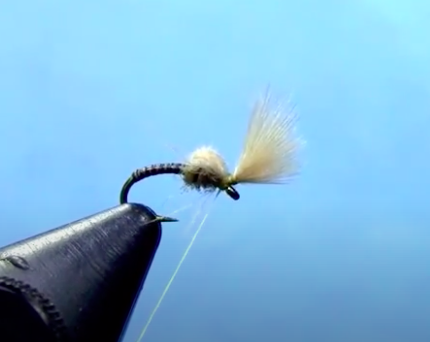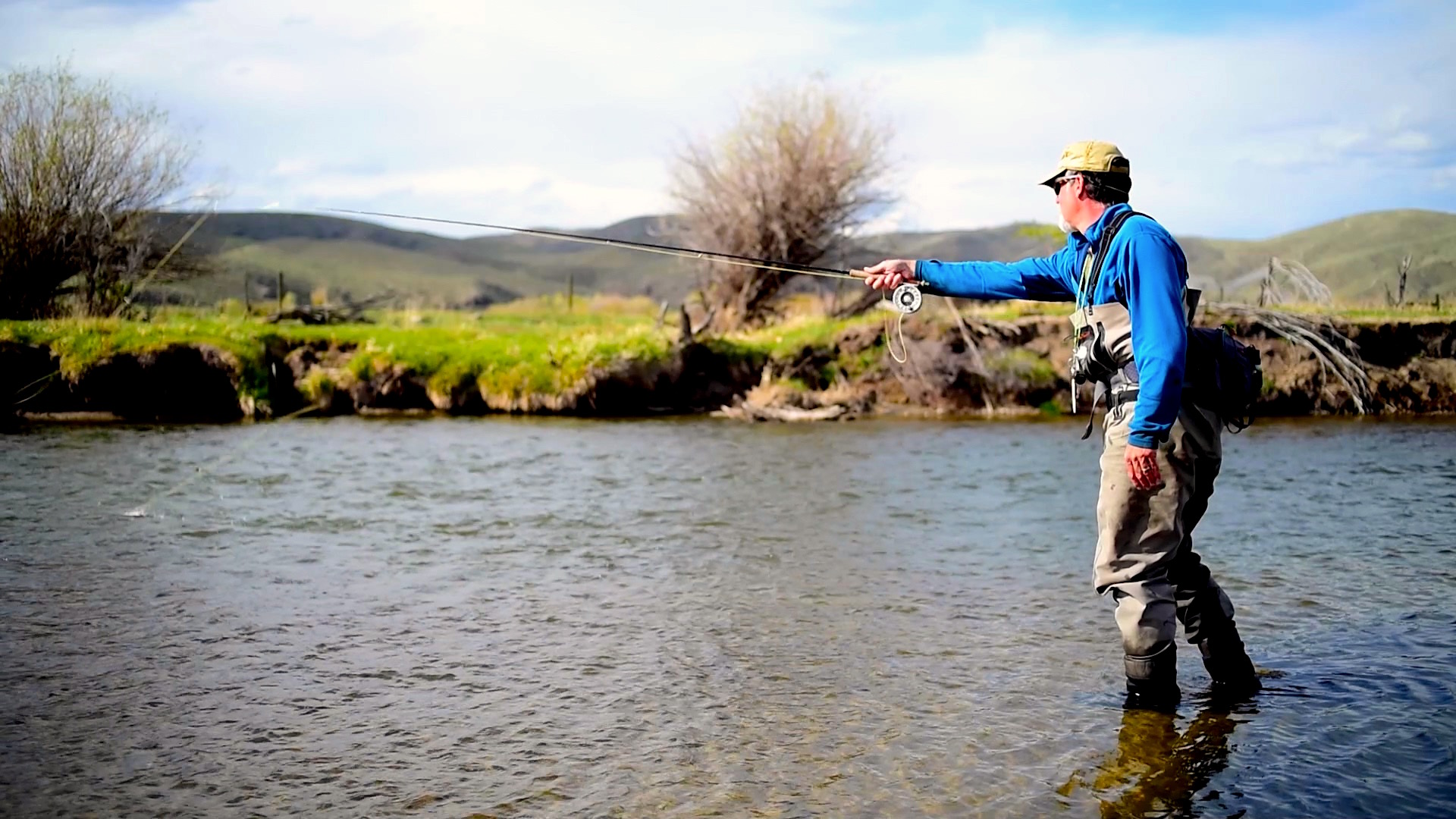Watch before you Cast A short by Orvis
This is a great short from our friends over at Orvis. We love to watch fish rise, fish feed either on the surface or subsurface. Learning about fish feeding behavior is fun. And really important for those who like to use the net more often.
The Missouri River requires watching as well. We watch a lot.
Well, those who catch a ton. Those who wanna be the Hare? Not as many as the Tortoise.
Hail Mary QB’s? Not many of them get to the HOF. We see lots of Hail Mary anglers. They don’t carry a net with them…if you know what I mean.
Understand the rise form, the feeding behavior, what makes that specific fish tick.
Watch and learn.
I have become, in the last 3 or 4 years, a believer in casting at the center of the feeding lane. Let’s say the fish moves to and fro 18″ Or even farther. Sometime you find a fish moving back ad forth across a couple feet. Occasionally in the fastest section of moving water, sometimes over in the pond/slack water/back eddy region. The fish moves back and forth searching for food. I am a believer in casting, presenting the fly perfectly, where the fly can be presented perfectly.

The center of the bell curve, the line in the center is where you want your drift to be. At least when fishing towards many of our rising fish on the MO. A moving back and forth fish. Which we do see often during spinner falls. Later, after the majority of the insects have passed us headed downstream, the fish gotta ind food and they will move across current lines searching and feeding.
So, why would you ever toss the fly to the flat side of the bell curve. The center axis, the line vertically thru the center of the bell curve above, is the hot zone man. Drift your fly thru the hot zone. Perfectly.
Not badly thru the flat side of the curve. The pond, the back eddy where he rose twice.
He has risen in the center of the bell curve 17 times. On the fast side 4 times, the slow or stopped side twice. The center 17 times.
So, do what any smart angler would do and make good drifts near fish. Good drifts around fish. Good drifts in the center of the bell curve.
And by watching you can do this sort of thing. Have success.
The angler and the watcher in the video above speak about this right when she hooks the fish. Sometimes you gotta err on the “better drift side!”
Because we all know that good drifts catch fish.
The goal of any of the dry fly stuff, or headhunting like these two are, fishing at a specific trout, is catching the trout.
Just like business, just like trout fishing. Go with the averages for the most success. Do what the numbers tell you. Do some research, some washing, some learning…to do more catching!




5 Comments.
this is a great post. gonna make sure and slow it down to watch what they are doing in the future for sure. that video was awesome as well.
Yeah, pretty cool footage!
Hadn’t seen that one . . . that was GREAT ! Love the detective work, the analyzing of “everything” in order to determine what to use and how to use it. Brought back a memory of a similar scenario here on the Spokane, not to far from Silver Bow Fly shop . . . but I was the guide/play by play announcer as well as “player” ! I determined I wanted to send a small (18) wet fly just below the surface via my usual favorite, I swing it into position on an intermediate sink tip from about 20 feet about the Bow, who was hanging about 1/2 way to the surface near an overhanging bush (depth of water about 4ft.). Perfect 1st cast right in front of him and he moved forward and up a bit to take the fly as it came across his head. It worked just as I had “Imagined it” in my brains preemptive “video”! It was a beautiful dark male red-band bow of 20″ ! I totally love this kind of approach as it makes it a “Challenging Game” of cat/mouse ! But I also enjoy other styles of fly fishing – the SWING for sure will always be a FAV. of mine. Could be time to go explore the YouTube for more goodies like this . THANKS.
Buying into the logic here – assuming you can actually see what that fish is doing which, in context of the video, you would not because that fish never broke the surface. The spotter gave away the behavior – no chance for that caster without the spotter unless she had an eye on that fish before she hit the water. The fly set up – what was it? C’mon Orvis – you can do better…. . I’d put money on a simple small black Chicago Leech with a trailer SH off a floating line. The Chicago Leech – a killer.
I’m a believer in starting on the short side, maybe the fish moves for it maybe not, but at least you get to measure your cast and identify any non-obvious currents before possibly casting on top of the fish or having some unnoticed current drag that dry fly across its line of vision, or to prevent casting a shadow with your cast or drifting line. Only problem is if the 10-incher that is lying on the short side takes your fly and spoils the party. But then you just grab a snack and wait until your cameraman tells you the mac daddy is back in his feeding lane. Beautiful sunny video for a dark almost solstice winter day!